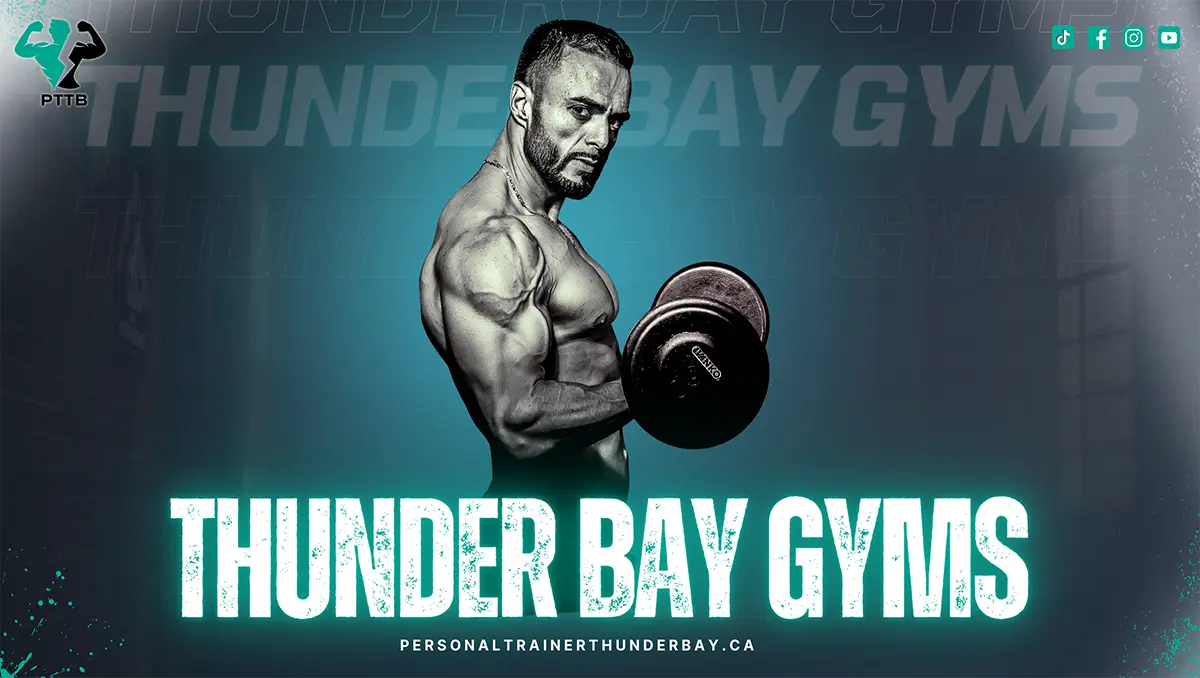International Chest Day: What Is It?
International Chest Day, humorously acknowledged by weightlifters worldwide, has become a real phenomenon. Every Monday, gym goers dedicate their workouts to chest exercises, a tradition that has taken on a life of its own in the global fitness community.

When Is International Chest Day?
International Chest Day every Monday throughout the year, becoming a weekly tradition for weightlifting enthusiasts and gym-goers who focus on chest workouts on this day.
Why Is Monday International Chest Day?
Monday became International Chest Day largely due to gym culture and routine. Many people start their week with a workout, and the chest, being a prominent muscle group, often gets the first focus. Over time, this pattern has turned into a widespread, somewhat humorous tradition among weightlifters and fitness enthusiasts, leading to Monday being widely recognized as International Chest Day.
What Exercises To Do On International Chest Day?

On International Chest Day, there is a wide variety of exercises you can choose from, depending on your current workout regimen. The exercises you select should align with your fitness goals and the structure of your program. Options range from bench variations (flat, incline, or decline) and dumbbell flyes to push-ups and cable crossovers. Whether you are focusing on strength, hypertrophy, or endurance, there is an array of chest exercises to suit your needs, ensuring a comprehensive and effective chest workout.
Best Chest Exercises
Here are the top highly recommended chest-centric movements and exercises, each offering unique benefits and adaptable to various fitness levels and goals:
- Bench Press
This quintessential chest exercise is a staple in many workout routines. It effectively targets the entire chest area and also engages the shoulders and triceps. You can perform the cable press using a barbell or dumbbells, and it can be varied by adjusting the bench to a flat, incline, or decline position. Each variation targets different parts of the chest, making it a versatile and comprehensive exercise for chest development.
- Push-Ups
An accessible yet powerful exercise, push-ups require no equipment and can be done anywhere. They primarily work the chest muscles while also engaging the shoulders, triceps, and core. There are numerous variations, such as wide-grip for a broader chest focus or diamond push-ups for more emphasis on the triceps and inner chest. Push-ups can be easily modified to increase or decrease difficulty, making them suitable for all fitness levels.
- Dumbbell Flyes
This exercise is excellent for isolating the chest muscles. Lying on a flat, incline, or decline bench (fly variations) you perform a flying motion with dumbbells, stretching and contracting the chest muscles with each rep. Dumbbell flyes are particularly effective for enhancing the pectoral muscles’ size and definition, providing a deep stretch and a strong contraction at the peak of the movement.
- Cable Crossovers
Using a cable machine, this exercise offers a unique way to work the chest muscles through a more extended range of motion. Cable crossovers provide constant tension on the chest muscles throughout the movement, allowing for a focused and intense workout. It is especially good for targeting the inner and lower parts of the chest, helping to build a well-defined chest.
- Pec Deck Machine
The pec deck machine offers a safe and controlled way to isolate the chest muscles. By sitting on the machine and pressing your arms against the pads, you can focus solely on squeezing the chest muscles without putting much strain on the shoulders and triceps. This isolation makes the pec deck machine an excellent choice for those looking to specifically enhance their chest’s size and shape.
- Chest Dips
Chest dips are an excellent addition to any chest day workout, offering a unique approach to strengthening and sculpting the chest muscles, particularly the lower portion of the pectoralis major. To perform chest dips, you need parallel bars or a dip station. The exercise involves hoisting yourself up on the bars, leaning slightly forward, and then lowering your body until your elbows are at about a 90-degree angle. The key to targeting the chest, as opposed to the triceps, is in the forward lean and the wider grip.
Chest dips engage not only the chest muscles but also the triceps and shoulders, making it a compound exercise. It is important to keep your movements controlled to prevent any shoulder strain and to maximize the engagement of the chest muscles. As you progress, you can increase the intensity of the exercise by adding weight using a dip belt or a weighted vest.
- Incline Dumbbell Press
The incline dumbbell press is a highly effective chest exercise that specifically targets the upper part of the pectoralis major, known as the clavicular head. This exercise is performed on an incline bench, usually set at an angle between 30 to 45 degrees. By adjusting the angle of the bench, you can emphasize different parts of the upper chest.
To perform the incline dumbbell press, lie back on an incline bench with a dumbbell in each hand. Start with the weights at shoulder level, palms facing forward. Push the dumbbells up and together by extending your arms, and then slowly lower them back to the starting position. This controlled movement ensures maximum muscle engagement.
The incline dumbbell press is advantageous because it provides a greater range of motion compared to barbell presses and allows for more natural movement of the shoulders. Additionally, using dumbbells requires each side of your body to work independently, promoting balanced muscle development and improving stabilizing muscles in the chest, shoulders, and arms.
Incorporating the above exercises into your chest day routine can lead to significant improvements in strength, endurance, and muscle development, allowing for a well-rounded and effective chest workout.
Chest Muscle Anatomy

The chest muscle anatomy primarily involves the pectoralis major and pectoralis minor muscles, along with supporting muscle groups and structures:
- Pectoralis Major
This is the largest and most prominent chest muscle. It is a fan-shaped muscle that covers the upper part of the chest and is responsible for the bulk of chest muscle mass. The pectoralis major has two main parts:
- Clavicular Head: Located near the collarbone, it is involved in movements like shoulder flexion and horizontal adduction.
- Sternal Head: This larger portion attaches to the sternum and is responsible for powerful actions like pushing and pressing movements.
- Pectoralis Minor
Situated beneath the pectoralis major, this smaller muscle helps in the movement of the shoulder blade. It plays a role in actions such as scapular depression and protraction.
- Serratus Anterior
While not a chest muscle per se, the serratus anterior is located on the side of the chest and plays a crucial role in shoulder and arm movements. It is often involved in exercises that target the chest and contributes to the overall aesthetics of the upper body.
- Supporting Muscles And Structures
In addition to these primary muscles, the chest region is supported by various other muscles, tendons, and ligaments. These include the deltoids (shoulder muscles), intercostal muscles (between the ribs), and the muscles of the upper back and neck. These supporting muscles aid in stabilizing and facilitating movements of the chest and upper limbs.
Understanding the anatomy of the chest muscles is essential for effective workout planning, ensuring balanced development and avoiding injury. Different exercises target these muscles in various ways, contributing to overall chest strength and appearance.
Conclusion
The phenomenon of International Chest Day, particularly observed every Monday, is more than just a cultural quirk in the fitness world; it is a testament to the importance of starting the week strong and focusing on key muscle groups for overall physical development. Understanding the anatomy of the chest muscles and the best practices for training them are crucial for anyone looking to enhance their upper body strength and aesthetics. Whether you are a seasoned weightlifter or a fitness enthusiast, embracing the spirit of Chest Day with a balanced approach and a focus on technique and variety can lead to significant improvements in your physique and strength. Remember, while Chest Day might be a popular trend, the ultimate goal is to maintain well-rounded and consistent workout programs, ensuring all muscle groups are adequately trained for optimal health and fitness.
International Chest Day: Frequently Asked Questions (FAQs)

Why Every Monday Is Chest Day, According to Science
The tradition of dedicating Mondays to chest workouts has roots in behavioral psychology and workout culture. Scientifically, people are more likely to start their week with high motivation and a strong desire to set a positive tone for the days ahead. Chest exercises, often seen as a symbol of strength and power, are a popular choice to capitalize on this fresh-start mentality.
Additionally, after a weekend of rest, gym-goers are typically more energized and can exert maximum effort in their workouts, making Monday an ideal day for intense training like chest exercises.
What (NOT) To Do On International Chest Day
On International Chest Day, it is important to approach your workout with a balanced and informed perspective. Do focus on proper form and technique rather than lifting the heaviest weights possible. Incorporate a variety of exercises that target different parts of the chest for a well-rounded workout.
However, avoid overtraining the chest muscles, which can lead to imbalances and increase the risk of injury. Also, do not neglect the rest of your upper body; ensure your workout routine throughout the week is balanced to include back, shoulders, and arms for overall muscular symmetry and health.
When Is Chest Day?
Chest Day, often humorously termed as International Chest Day, is traditionally observed every Monday in many gyms worldwide. This unofficial weekly event is a part of gym culture where enthusiasts focus on chest-centric workouts at the start of the week. The rationale behind this routine is both psychological, marking a strong start to the week, and practical, as people tend to be more rested after the weekend. However, Chest Day can be any day depending on an individual’s workout schedule and preferences, as long as it is incorporated into a balanced workout routine.
How To Train Your Chest Muscles?
Training your chest muscles effectively involves a combination of exercises that target both the pectoralis major and minor. Compound movements like bench presses and push-ups are fundamental, as they engage multiple muscle groups and promote overall strength. Incorporating variations such as incline or decline angles can target different areas of the chest.
Additionally, isolation exercises like flyes and cable crossovers are important for sculpting and defining the chest muscles. It is crucial to maintain proper form, progressively increase the intensity, and allow adequate rest and recovery to stimulate growth and prevent injury.




